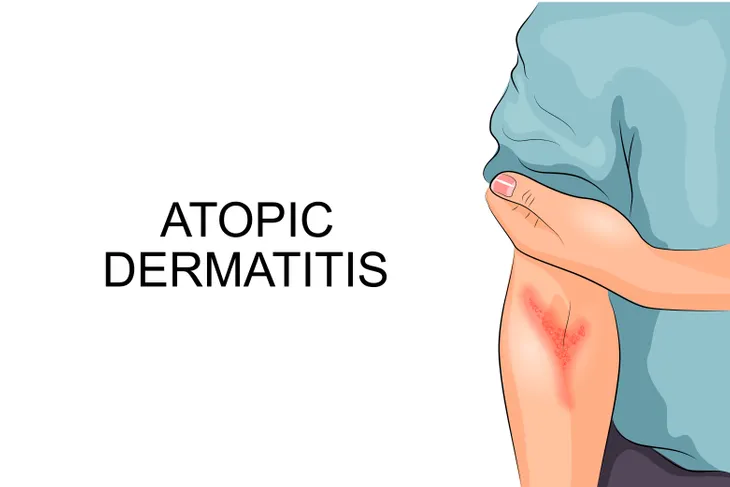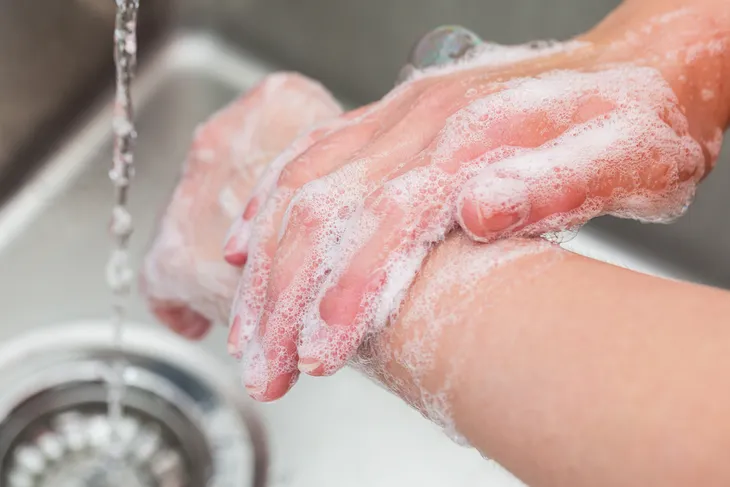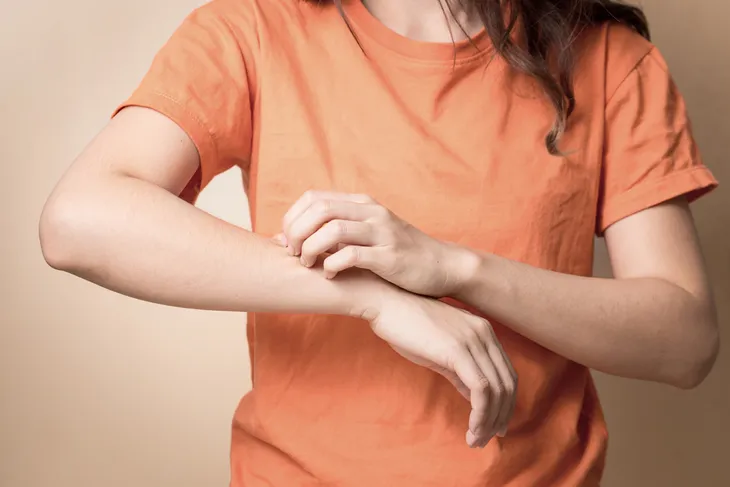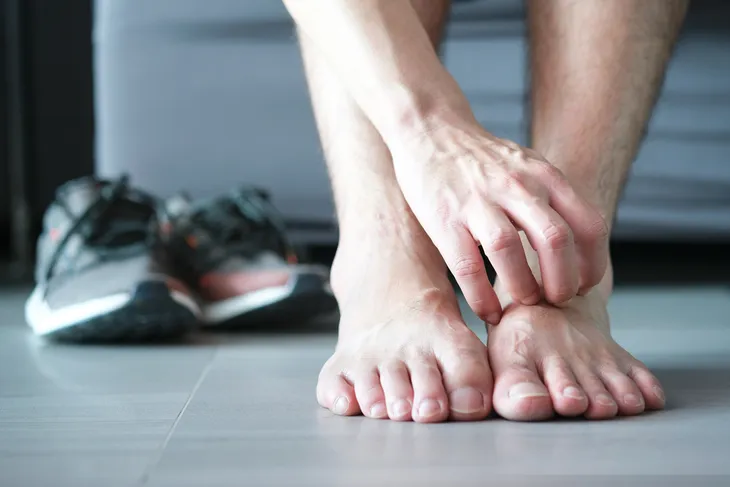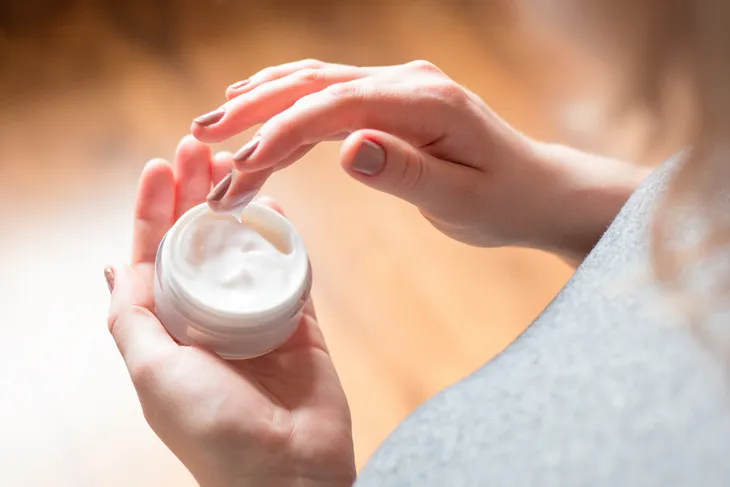If you’ve ever experienced itchy, inflamed, or irritated skin, you may have encountered dermatitis, a common condition affecting people of all ages. When left untreated, dermatitis can lead to several complications like infection and chronic inflammation. This is why it’s important to have a thorough understanding of the condition and seek treatment if symptoms develop. Fortunately, you can learn everything you need to know about dermatitis with a search online right now, which could help you spot the early warning signs.
Symptoms of Dermatitis
Dermatitis can cause pain, and even create a burning sensation in some people. In addition to that, this common skin condition can produce a range of symptoms, many of which depend on the type of dermatitis. We’ll get into those subtype-specific symptoms next.
More generally, dermatitis is associated with itching, red rashes and bumps, rashes that look and/or feel like a burn, dry skin, fluid-filled blisters, thickening, hardening, and swelling skin, painful ulcers, as well as crusting, scaling, and creasing skin.
Atopic Dermatitis
Common in children, atopic dermatitis is a chronic condition that can flare periodically, causing patches of red and itchy skin. Most of us know atopic dermatitis as eczema, an incurable and sometimes insufferable skin condition.
Atopic dermatitis can appear on the hands, feet, ankles, wrists, neck, upper chest, eyelids, knees, as well as inside the bend of the elbows and the knees. The affected areas may experience dry skin, intense itchiness, raised bumps, and thickened, cracked, or scaly skin.
Contact Dermatitis
Have you ever tested out a new fragrance, only to break out in red, itchy rashes? That’s called contact dermatitis, and it’s no fun at all. It’s an allergic reaction caused by direct contact with a substance. Soaps, cosmetics, jewelry, plants, and fragrances can cause it, and it usually clears up in a week or two.
Symptoms of contact dermatitis include swelling, tenderness, burning, bumps and blisters, itching, a red rash, or dry, cracked skin.
Dyshidrotic Dermatitis
The search for a precise cause of dyshidrotic dermatitis is ongoing. Many link the debilitating skin condition to allergies and stress, though there’s still much more to learn.
We do know that dyshidrotic dermatitis targets the soles of the feet or the palms of the hands. It also causes itchy, fluid-filled blisters that can last up to 4-weeks.
Seborrheic Dermatitis
Scaly patches, red skin, and dandruff are all common symptoms of seborrheic dermatitis. This common condition typically appears on the scalp, though it can affect other oily parts of the body such as the face, the sides of the nose, the eyebrows, ears, eyelids, and the chest.
Again, doctors don’t really know precisely why this often embarrassing subset of dermatitis appears. Some blame a yeast called Malassezia, while others blame an irregular immune response.
Neurodermatitis
Neurodermatitis can be intense, painful, and debilitating. It usually starts with an itchy patch of skin that gets itchier as you scratch it.
Neurodermatitis often creates an itch-scratch cycle that leads to thick, leathery skin. It can appear on the neck, wrist, forearms, legs, and anal region, and is often a life-long condition.
Nummular Dermatitis
Also commonly referred to as nummular eczema, this dermatitis subset is associated with chronic, coin-shaped spots that develop on the skin. They often ooze clear fluid, can be incredibly itchy, and usually appear following a burn, abrasion, or insect bite.
Nummular dermatitis isn’t contagious, and it can go away on its own, but you should still consult a doctor should you notice symptoms. It can develop into a secondary skin infection if left untreated.
Stasis Dermatitis
Stasis dermatitis, or venous eczema, develops in those already suffering from poor circulation. It can affect the feet or lower legs on one of both sides of the body, leading to swelling, and the development of orange-brown spots of discoloration. Other symptoms include scaling, dryness, itching, redness, and an increased risk of developing contact dermatitis.
Dermatitis Neglecta
Personal hygiene is incredibly important. Adhering to a regular washing routine will help protect you against illness and disease. Dermatitis neglecta is one such disease that can arise because of poor personal hygiene.
Dermatitis neglecta is relatively rare and can be successfully treated with proper hygiene and the help of a dermatologist. Symptoms include the buildup of dead skin that often appears dark, scaly, and rough. These patches of skin can sometimes appear slightly raised, inflamed, red, and irritated.
Causes
There are a lot of elements working together to create a perfect environment for the development of dermatitis. In the case of atopic dermatitis, a patient’s immune system overreacts to cause skin inflammation. Changes to a person’s physical environment can cause changes to a person’s immune response too and may lead to the development of dermatitis in some children and adults.
Genetics may also play a factor. Though there’s still much to learn, many attribute an increased dermatitis risk factor to a family’s medical history. Finally, contact dermatitis is an exposure-based condition. Therefore, interacting with allergens and irritants daily can increase a person’s risk of dermatitis.
Risk Factors
Risk factors can vary slightly based on the subtype of dermatitis, though most subtypes share a few common risk factors. Age can play a factor, with eczema typically developing in infancy. Those with a family history of eczema, hay fever, or asthma also are at an increased risk of developing dermatitis.
An individual’s health level also plays a factor in their likelihood of developing one of the various dermatitis subtypes. As can their occupation, provided that their job has them regularly interacting with solvents, cleaning supplies, and other irritants.
Treatment
Receiving treatment for your type of dermatitis starts with a professional consultation. A dermatologist can provide you with a diagnosis, and prescribe you medicated creams and ointments to help you heal and ease your symptoms.
Treatment options can vary, but they often include one or a combination of corticosteroid ointments, calcineurin inhibitors, phototherapy, pills, and even injectable treatments.
Prevention
There isn’t much a person can do to eliminate the increased risk of developing dermatitis that comes with having a genetic predisposition or an occupation that forces them to interact with irritants. Having said that, there are things that everyone can do to minimize their risk.
In addition to avoiding the specific irritants that can lead to contact dermatitis, you could get in the habit of using a moisturizer every day, take extra care when drying off, use an unscented cleanser, and limit baths and showers to 5 t0 10-minutes.
Dermatitis is a pain but protecting yourself against it starts with a better understanding. We hope that today’s exploration into the symptoms, types, causes, and treatments of dermatitis scratched that itch.


